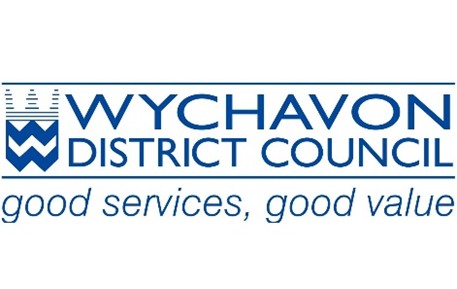Increasing the grape yield, per hectare to improve profitability.
Grapes are characteristically smooth skinned, and come in a variation of light green or reddish purple. They can be dried, eaten fresh, or fermented into wine. With over 700 vineyards within the British Isles, there is a mixed array of grapes grown. Some are smaller plots; others are full scale farming operations. Many farms in the UK are looking to increase their grape yield, while limiting the costs.
What is the KPCB micro-transmitter?
Using electromagnetic frequencies, from a micro transmitter, the KYMINASI PLANTS Crop Booster is installed directly onto your irrigation system. Using low frequencies to create a resonation with the crops, to stimulate better growth, and better quality.
Did the KPCB have an effect on grape yield per vine?
Peru, Autumn 2020
Casma Peru suffered a drought during the Autumn of 2020, which lead to a 30% water deficiency. This had dramatic adverse effects on all crops in the area. The farm conducting the experiment saw that the KYMINASI PLANTS Crop Booster treated fields had an increase of 75% in yield to the control. Not only that, it was 52.5% more grapes than the previous year. Not only did the KPCB save that year’s harvest, it was still better than previous harvests. The control produced 24 metric tonnes, where the KPCB field produced 42 metric tonnes.
Chile, Winter 2020
One of the issues Peruvian grape farmers will face, is Eriophyid Mites. Like the rest of the world, crops will attract pests, which damage plants. The control field for this test had an infestation rate of 48%, whereas the KYMINASI PLANTS Crop Booster only had an infestation rate of 9.9%. The estimated lose in grape yield was around 30% in the control field. The plants treated with the KPCB seemed to be more resistant to infestations, and the requisite damages.
Want to learn more?



